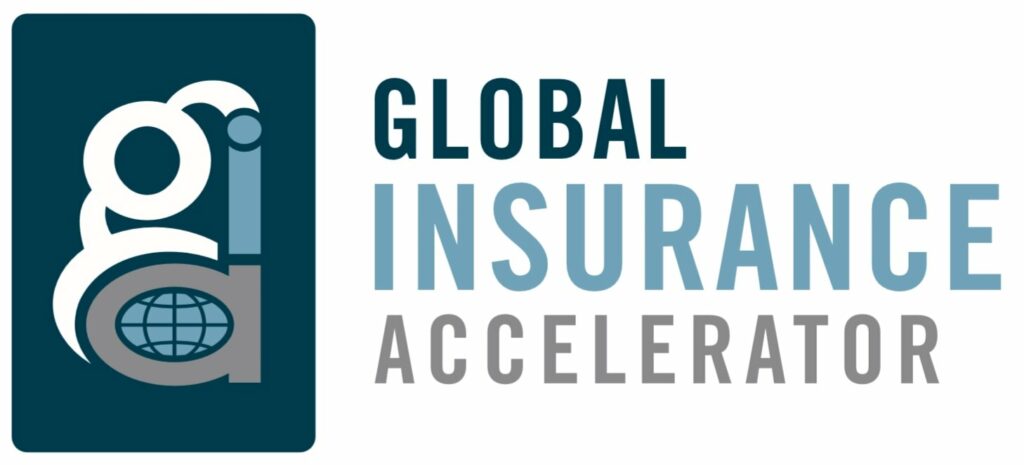Pfizer stock makes sense

Dear Mr. Berko:
Please give me your thoughts on Pfizer Inc., its new CEO, its Wyeth purchase and its prospects for a two- to three-year hold. Can you comment on why Jeffrey Kindler’s departure was so abrupt? I heard he was forced to leave under bad circumstances. What is your opinion of Ian Read, the new CEO?
H.P., Destin, Fla.
Dear H.P.:
I’ve heard some unkind rumors about Kindler and his abrupt resignation, too. However, his resignation was not abrupt. He told the board in July 2010 that “after a dozen years,” he wanted out. And in September 2010, the board decided on Read, who has been with Pfizer since 1978, as a replacement.
Kindler had been losing the confidence of many board members, who claim he micromanaged his executives and focused on short-term goals rather than long-term results. But he left on good terms, with a $16.5 million package plus an office expense account.
Read is alien to Pfizer’s (PFE-$19.59) aristocratic, excessively bureaucratic and secretive culture. Read has already made some significant changes that eliminated several layers of bureaucracy, encouraged the departure of five redundant executive positions and appointed the heads of several business units to the PFE executive committee.
The 2010 recent-quarter results were in line with the Street’s forecasts; however, the 7 percent growth was driven by PFE’s 2009 purchase of Wyeth. The Wyeth purchase will also provide Read with considerable cost-cutting opportunities that will generate higher net-profit margins and give PFE room to continue its dividend growth.
The Wyeth acquisition also comes with a portfolio of important biologic products that do not face the patent expirations of traditional drug products. Two that come quickly to mind are Enbrel, which is used for rheumatoid arthritis, and Prevnar, a successful meningitis vaccine. Several of PFE’s blockbusters (Effexor for depression, Viagra for erectile dysfunction and ophthalmology drug Xalatan) face patent expiration in the coming three years. But PFE’s longer-term growth potential is underappreciated, because a number of Phase I and Phase II drugs seem to be off investors’ radar screens.
PFE now has 122 drugs in its pipeline and 325 discovery projects, and its number of Phase III drugs should jump to 39 by the end of 2011. This puts PFE in an enviable market position.
Meanwhile, Read should be able to improve PFE’s returns on capital and equity by 30 percent and 40 percent, respectively, in the coming few years, reducing billions of dollars in redundant costs.
Diluted earnings of 76 cents per share should improve markedly to $1.40 in 2011, and management also might increase the 80-cent dividend in the coming six to nine months.
Owning PFE is a no-brainer. It’s the largest drug company in the world and has superb new management, an excellent balance sheet, a great research and development department plus a 4.1 percent dividend that should generate regular increases.
Get yourself 250 shares and join the program. PFE is a solid core stock for most growth and income portfolios and could be a $30 number in a few years.
Please address your financial questions to Malcolm Berko, P.O. Box 1416, Boca Raton, Fla. 33429 or e-mail him at malber@adelphia.net. ©2011 Creators.com











